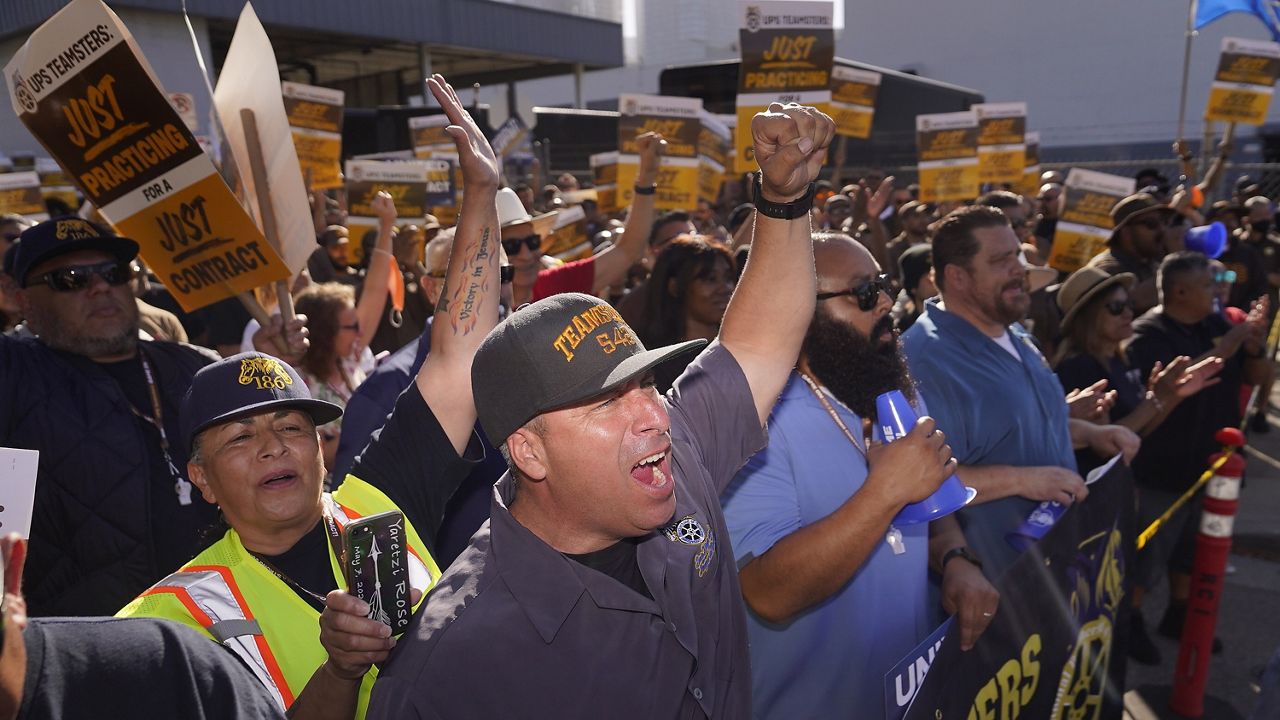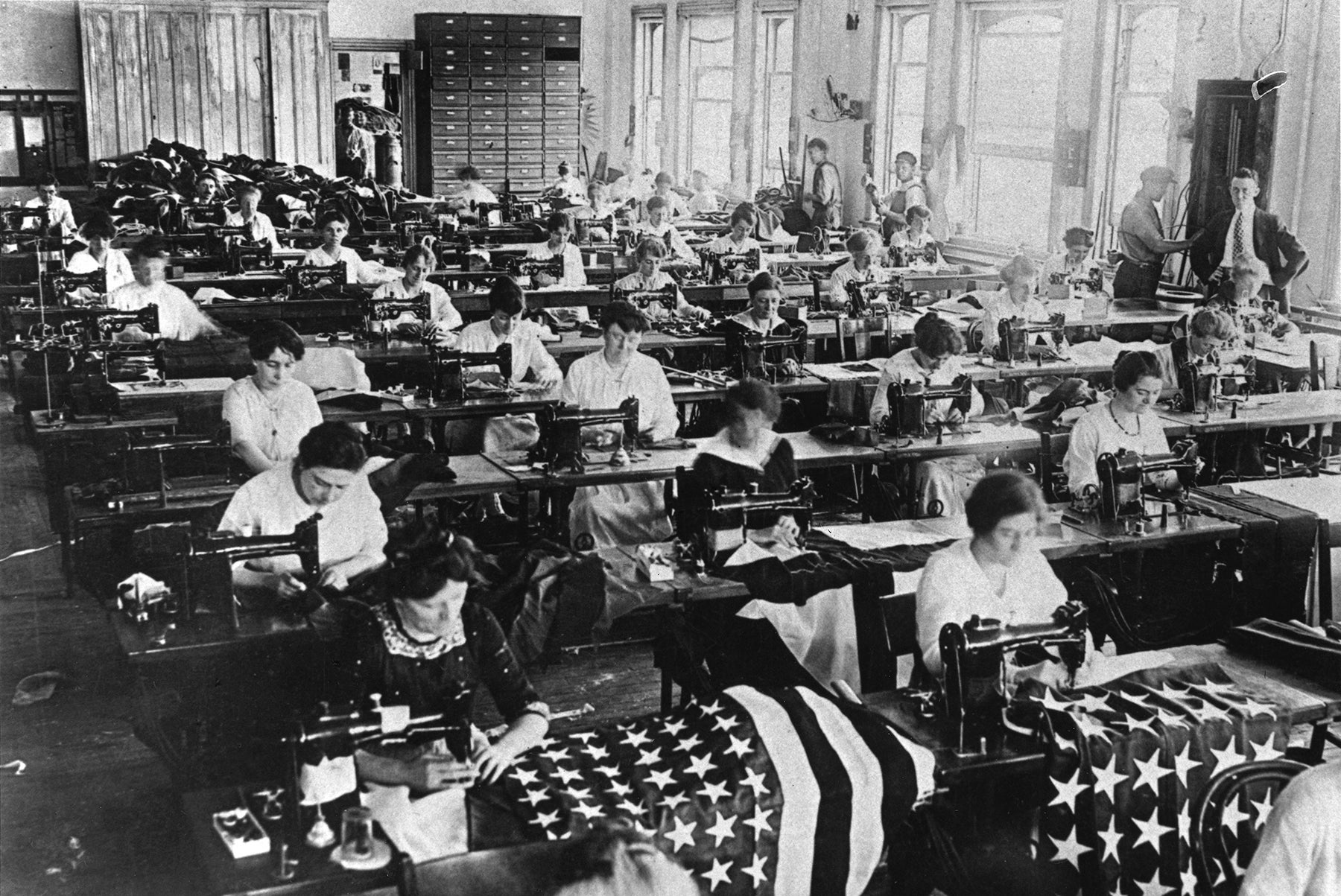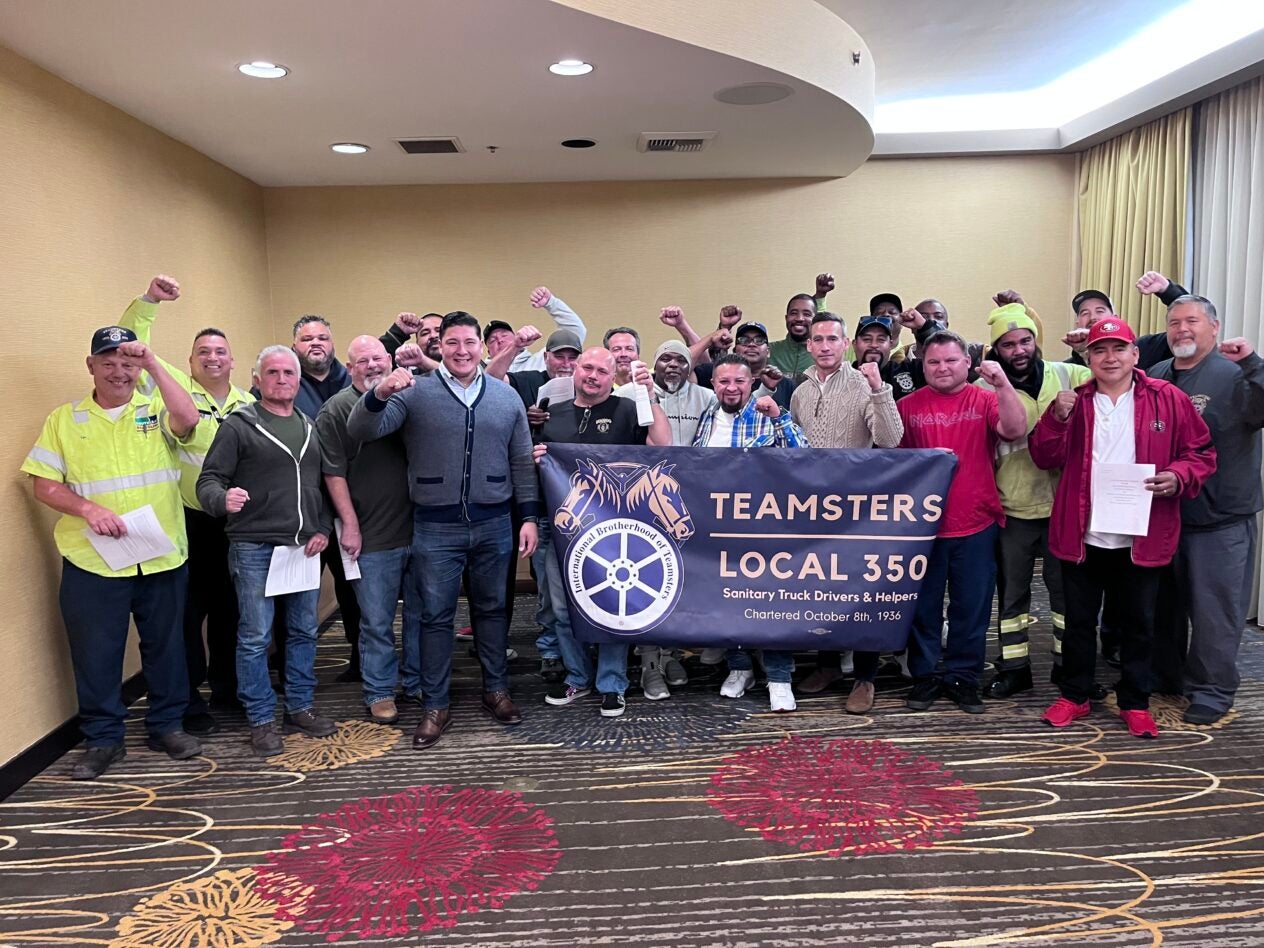When you hear the word "Teamsters," what comes to mind? For many, it evokes images of hard-working individuals banding together, advocating for workers' rights, and building a stronger community. But there’s much more to the story. In this comprehensive article, we’ll explore the rich history, the core mission, and the evolving role of Teamsters in today’s workforce.
What Are Teamsters?
The term "Teamsters" typically refers to members of the International Brotherhood of Teamsters (IBT), one of the largest and most diverse labor unions in the United States. Founded in 1903, the IBT originally represented horse team drivers, but over the decades, its membership has expanded to include workers from various sectors, including freight, public services, and healthcare.
Why "Teamsters"?
The name comes from the word "team," reflecting the union's origins with drivers of horse-drawn wagons. The concept of teamwork, solidarity, and collective bargaining remains at the heart of what it means to be a Teamster today.
A Brief History of the Teamsters
Early Years: The Foundation of the IBT
The IBT began as a small organization focused on representing a specific group of workers. However, the rapid industrialization of the early 20th century provided fertile ground for growth. The union quickly expanded its reach, incorporating various trades and industries.
The Golden Age of Teamsters
The mid-20th century marked a golden age for the Teamsters. Under the leadership of figures like Jimmy Hoffa, the union became a powerful force in American labor. It played a crucial role in securing significant labor rights, such as fair wages, benefits, and safer working conditions.
Challenges and Controversies
The history of the Teamsters hasn’t been without controversy. The union faced allegations of corruption and ties to organized crime, particularly during the Hoffa era. Despite these challenges, the Teamsters have managed to maintain their influence and adapt to changing labor landscapes.
The Mission and Values of Teamsters
Core Principles
At its core, the mission of the Teamsters is to advocate for workers’ rights, ensuring fair treatment and just compensation. The union promotes:
- Solidarity: Teamsters believe in standing together to fight for common interests.
- Empowerment: The union aims to empower its members through education and advocacy.
- Social Justice: Teamsters strive for a fair and equitable workplace for all, regardless of race, gender, or background.
Modern-Day Relevance
In today's gig economy, the role of the Teamsters is more relevant than ever. As more workers find themselves in precarious employment situations, the union provides a safety net and a voice for those who may otherwise go unheard.
The Diverse Workforce of Teamsters
One of the most impressive aspects of the Teamsters is their diverse membership.
Industries Represented
The IBT represents workers across a wide array of industries, including:
- Transportation: Truck drivers, freight handlers, and warehouse workers.
- Public Services: Teachers, healthcare workers, and public safety officials.
- Construction: Skilled laborers and tradespeople.
This diversity enriches the union, allowing it to advocate effectively for a wide range of worker needs and concerns.
Demographics
The Teamsters’ membership is a melting pot of cultures, backgrounds, and experiences. This diversity is one of its greatest strengths, fostering innovation and inclusivity in labor advocacy.
The Role of Teamsters in Today’s Economy
Advocating for Fair Wages
In an age where income inequality is a pressing concern, Teamsters play a vital role in advocating for fair wages. Their efforts have led to substantial wage increases for many workers, helping to lift families out of poverty.
Benefits and Working Conditions
Teamsters work tirelessly to negotiate better benefits and working conditions for their members. This includes health insurance, retirement plans, and safe working environments.
Political Advocacy
The Teamsters are not just a labor union; they are also a political force. They actively engage in lobbying efforts to influence labor laws and policies that impact workers nationwide. Their endorsements can significantly affect election outcomes, making them a critical player in American politics.
The Challenges Ahead
The Gig Economy
The rise of the gig economy presents new challenges for labor unions, including the Teamsters. Many gig workers lack the protections that traditional employees enjoy, leading to calls for new strategies to advocate for this population.
Membership Growth
While the Teamsters have a strong membership base, attracting younger workers poses a challenge. To remain relevant, the union must adapt its message and methods to engage the next generation of workers.
Technological Changes
Advancements in technology are transforming the workplace. The Teamsters must navigate these changes to protect jobs and advocate for workers in an increasingly automated world.
The Future of Teamsters
Adapting to Change
The Teamsters are actively seeking ways to adapt to the changing workforce. This includes embracing new technologies and advocating for policies that protect workers in emerging industries.
Strengthening Community Ties
The Teamsters recognize that their strength lies in community. By fostering relationships with other labor organizations, community groups, and advocacy organizations, they can amplify their voice and impact.
Education and Training
To prepare members for the future, the Teamsters are investing in education and training programs. These initiatives help workers gain the skills they need to succeed in a rapidly changing job market.
Getting Involved with Teamsters
Joining the Union
If you’re interested in becoming a Teamster, the process is straightforward. Visit the International Brotherhood of Teamsters website to find information about joining, benefits, and resources available to members.
Volunteering and Activism
Teamsters also offer opportunities for volunteering and activism. Engaging with your local Teamsters chapter can provide a platform to advocate for workers' rights and make a difference in your community.
Staying Informed
Keeping up with the latest news and developments is essential for anyone interested in labor issues. The Teamsters provide resources, newsletters, and updates that can help you stay informed about the labor movement and your rights as a worker.
Conclusion
The Teamsters have a storied history, rich with challenges and triumphs. As we navigate an ever-changing workforce, the union remains a critical advocate for workers’ rights. With a focus on solidarity, empowerment, and social justice, the Teamsters continue to adapt and grow, ensuring that all workers have a voice.
A Brief History of the Teamsters
The International Brotherhood of Teamsters (IBT) has played a significant role in the labor movement in the United States since its inception in the early 20th century. Below is a detailed overview of the history of Teamsters, highlighting key events and milestones.
Origins: The Early Years
Formation (1903)
The Teamsters began as a small organization representing horse team drivers. In 1903, a group of these drivers from various local unions came together in Chicago to form the International Brotherhood of Teamsters. Initially, the union focused on improving working conditions, wages, and job security for drivers in the burgeoning transportation industry.
Early Growth
In its early years, the IBT expanded its membership by incorporating various trades related to transportation, including freight handlers and warehouse workers. This growth reflected the rapid industrialization of the United States and the increasing need for organized labor.
The Roaring Twenties and Thirties
Organizing Efforts
Throughout the 1920s and 1930s, the Teamsters gained strength through aggressive organizing campaigns. The union began to represent workers in industries beyond transportation, including public services and healthcare. The onset of the Great Depression further galvanized labor movements, leading to widespread strikes and demands for better working conditions.
The New Deal Era
The passage of the National Labor Relations Act in 1935 marked a turning point for the Teamsters. This legislation protected the rights of workers to organize and bargain collectively. The Teamsters capitalized on this opportunity, significantly increasing their membership during the late 1930s.
The Golden Age: 1940s to 1960s
Leadership of Jimmy Hoffa
In 1957, James R. Hoffa became the president of the IBT. His leadership was marked by significant growth in membership and power, but it was also controversial due to allegations of corruption and ties to organized crime. Under Hoffa, the Teamsters negotiated substantial wage increases and improved benefits for their members.
Political Influence
During this period, the Teamsters emerged as a powerful political force, supporting candidates who favored labor rights. The union played a crucial role in shaping labor legislation and was instrumental in securing benefits for workers nationwide.
Challenges and Controversies
Decline of Hoffa and the Union's Image
After Hoffa's mysterious disappearance in 1975, the Teamsters faced a series of challenges, including legal battles and investigations into corruption. The union’s image suffered as allegations of mob connections and unethical practices surfaced.
Membership Decline
The latter part of the 20th century saw a decline in membership as industries changed, and manufacturing jobs were outsourced. This decline was accompanied by a growing anti-union sentiment in some sectors of the economy.
Modern Era: Resilience and Adaptation
Rebuilding Trust
In the 1980s and 1990s, the IBT undertook efforts to rebuild its reputation and re-establish its relevance in a changing economy. New leadership focused on transparency and reforming internal practices.
Addressing New Challenges
As the economy evolved, the Teamsters adapted to new labor landscapes, including the rise of the gig economy and the increasing prevalence of non-traditional work arrangements. The union began advocating for the rights of workers in these emerging sectors.
Continued Advocacy
Today, the Teamsters represent over 1.4 million members across various industries, including transportation, healthcare, and public service. They continue to advocate for workers' rights, fair wages, and better working conditions, proving their resilience in the face of ongoing challenges.
Conclusion
The history of the Teamsters is a testament to the evolving nature of labor in the United States. From their humble beginnings as a union for team drivers to becoming a powerful advocate for workers across multiple sectors, the Teamsters have played a crucial role in shaping labor rights and the landscape of American work. Despite facing numerous challenges, their commitment to solidarity and advocacy continues to thrive.
Teamsters historyInternational Brotherhood of Teamsters
Labor unions
Workers' rights
Gig economy
Fair wages
Teamsters membership
Labor advocacy






0 Comments